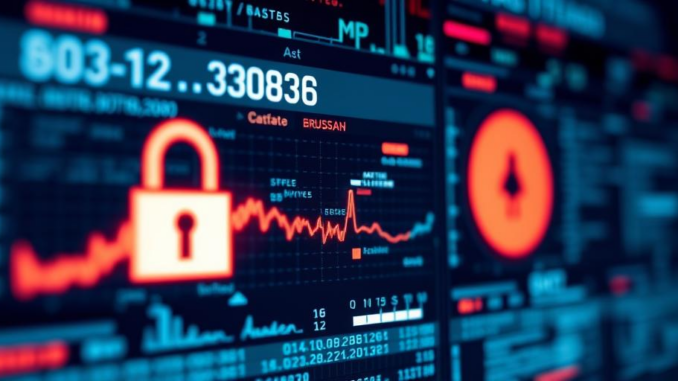
Summary
Hewlett Packard Enterprise (HPE) has notified employees of a data breach resulting from a Russian state-sponsored hack of its Office 365 email environment in May 2023. The breach compromised sensitive personal information, including driver’s licenses, credit card numbers, and Social Security numbers. HPE is offering affected employees identity theft protection and credit monitoring services, and has implemented enhanced security measures.
Dont let data threats slow you downTrueNAS offers enterprise-level protection.
Main Story
So, HPE’s just confirmed they had a data breach, and honestly, it’s a bit of a wake-up call for all of us. Turns out, back in May 2023, they got hit by Midnight Blizzard – you might know them as APT29 or Cozy Bear, that Russian state-sponsored group. They managed to sneak into HPE’s Office 365 email by compromising an account. Can you imagine the fallout?
What’s particularly concerning is the type of data that was accessed: drivers’ licenses, credit card numbers, Social Security numbers… really sensitive stuff. It only affected a ‘small percentage’ of employee mailboxes, but that’s still a significant breach. It makes you wonder, what’s truly secure these days?
And this isn’t HPE’s first rodeo, either. Remember that 2018 incident with the Chinese hackers targeting customer devices? Then, there was the Aruba Central breach in 2021. And those claims by “IntelBroker”… it’s a pattern, right?
Timeline of Events:
- May 2023: Initial breach occurs.
- December 12, 2023: HPE discovers the breach.
- January 29, 2025: Notifications go out to affected individuals. That’s a long time between breach and notification, isn’t it?
Now, HPE says they’re offering free identity theft restoration and credit monitoring through Equifax, which is good, of course. They’ve also rotated passwords, implemented new login controls, and claim everything’s contained. They’re adamant that there’s been no operational impact and no customer data involved, but still, it’s unsettling.
However, here’s the thing. This incident highlights a few key points, I think.
- Cloud Security: Are we really as secure as we think we are in the cloud? This breach demonstrates the importance of investing in and regularly updating your security systems. It’s not something you can cut corners on.
- Employee Data: Employee data can be a goldmine for attackers, and the way to protect it is to ensure access controls are in place, and that security is regularly reviewed. It’s important that employees understand the risks involved.
- Nation-State Actors: These guys are getting more sophisticated. We’re talking about advanced persistent threats; and we need to be vigilant.
So, what can we learn from all this? We can’t afford to be complacent. Proactive security measures are absolutely essential; I’m talking about regular assessments, strong access controls, and, crucially, employee training. It’s an ongoing battle, and we all need to be prepared. Thinking about my own company now and its security… better safe than sorry, eh?


“Midnight Blizzard,” huh? Sounds like HPE needs to invest in better bedtime stories for their servers. I wonder if those “enhanced security measures” include a stronger password than “password123”?
That’s a great point! While I’m sure HPE’s security is far beyond ‘password123’, the incident does highlight the need for constant vigilance. It’s not just about stronger passwords, but also multi-factor authentication and continuous monitoring to keep those cyber bedtime stories at bay!
Editor: StorageTech.News
Thank you to our Sponsor Esdebe
Given the timeline between the breach and notification, what factors contributed to the delay in informing affected individuals, and how might faster reporting mitigate potential damage?